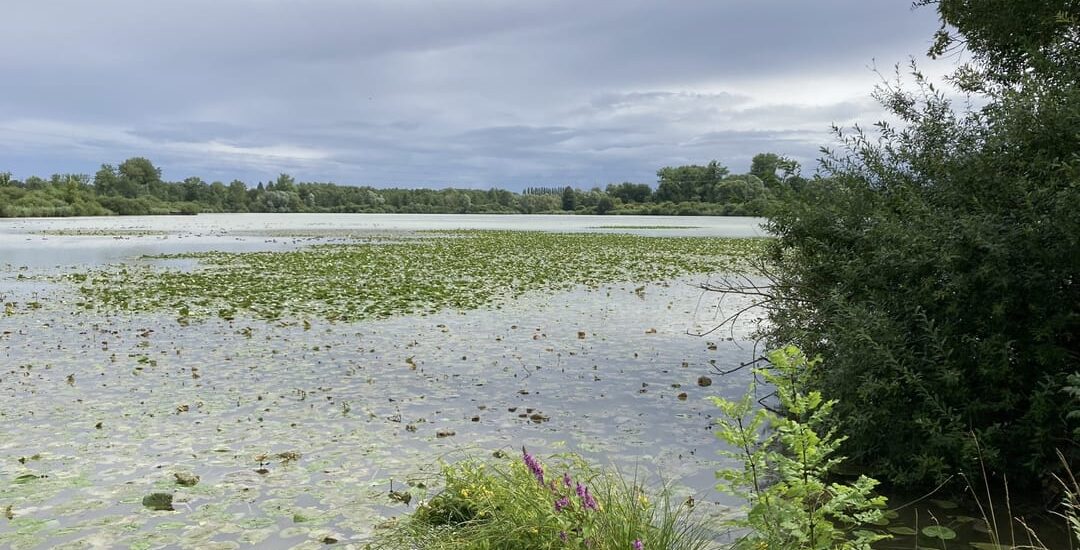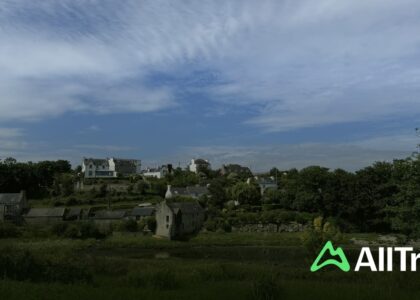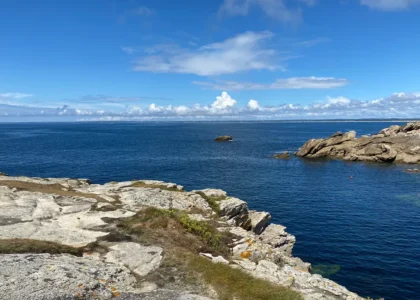Welcome to the Oppidum des Viromanduens, a site steeped in the rich tapestry of ancient Gallic and Roman history. As you explore this area, let us take you back in time to the era of the Viromanduī, a Belgic tribe known for their resilience and strategic prowess.
The Viromanduī were among the formidable Belgic tribes residing in what is now the Vermandois region of Picardy during the Iron Age and Roman periods. Around 57 BC, they joined the Belgic coalition to resist Julius Caesar’s advances during the Gallic Wars. This coalition was a testament to their determination to protect their territory against Roman expansion.
The oppidum, a fortified settlement, was strategically located on a promontory east of the Omignon river. Its fortifications were constructed just before or during the Gallic Wars, suggesting it served as a refuge against Roman forces. However, some historians speculate that it might have also functioned as a military camp for Belgic auxiliaries in the Roman army.
As the Roman influence grew, the Viromanduī adapted. The oppidum remained a bustling hub from the Augustan era into the early 5th century AD. During the reign of Augustus, the Romans founded Augusta Viromandorum, now known as Saint-Quentin, which quickly overshadowed the oppidum as the region’s primary settlement.
Notable figures in this narrative include Julius Caesar, whose campaigns forever altered the landscape of Gaul, and the Belgic leaders who valiantly defended their lands. While the oppidum may no longer stand as it once did, its story echoes the broader tale of resistance and adaptation in the face of change.
The Viromanduens’ legacy lives on in the names of places like Vermand and the region of Vermandois, reminders of their once-dominant presence. As you continue your journey, imagine the lives of those who once walked these paths, leaving indelible marks on history.






